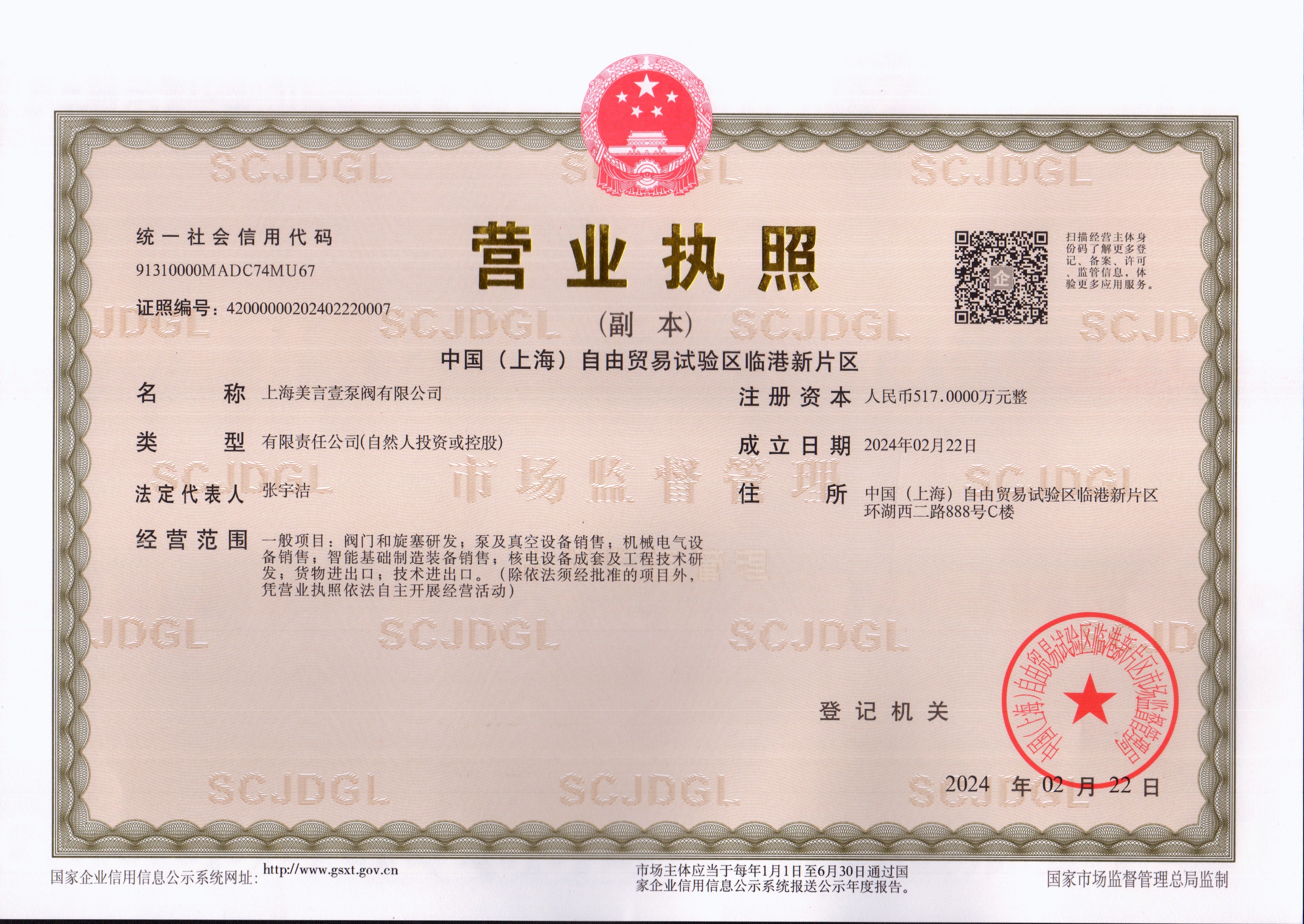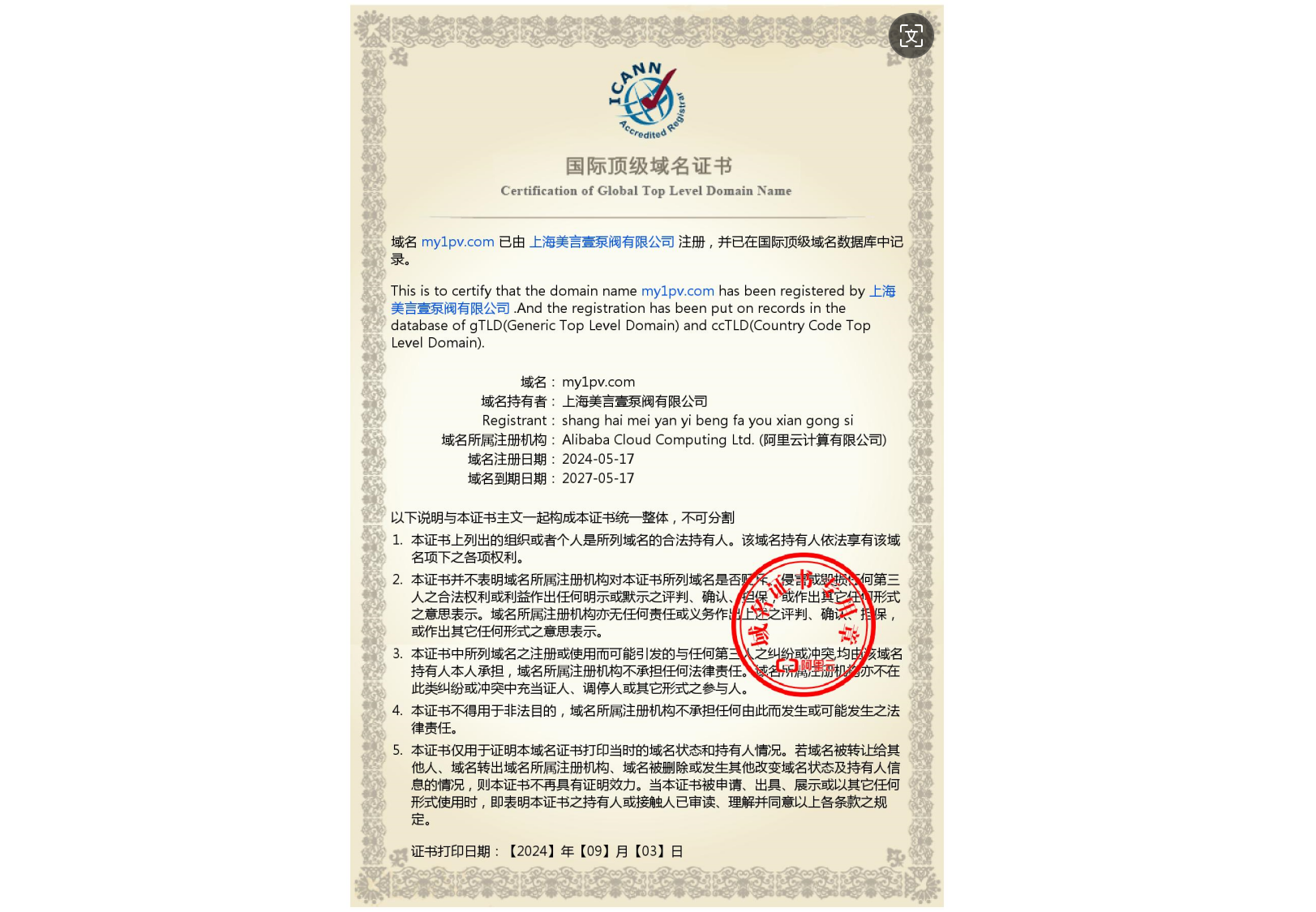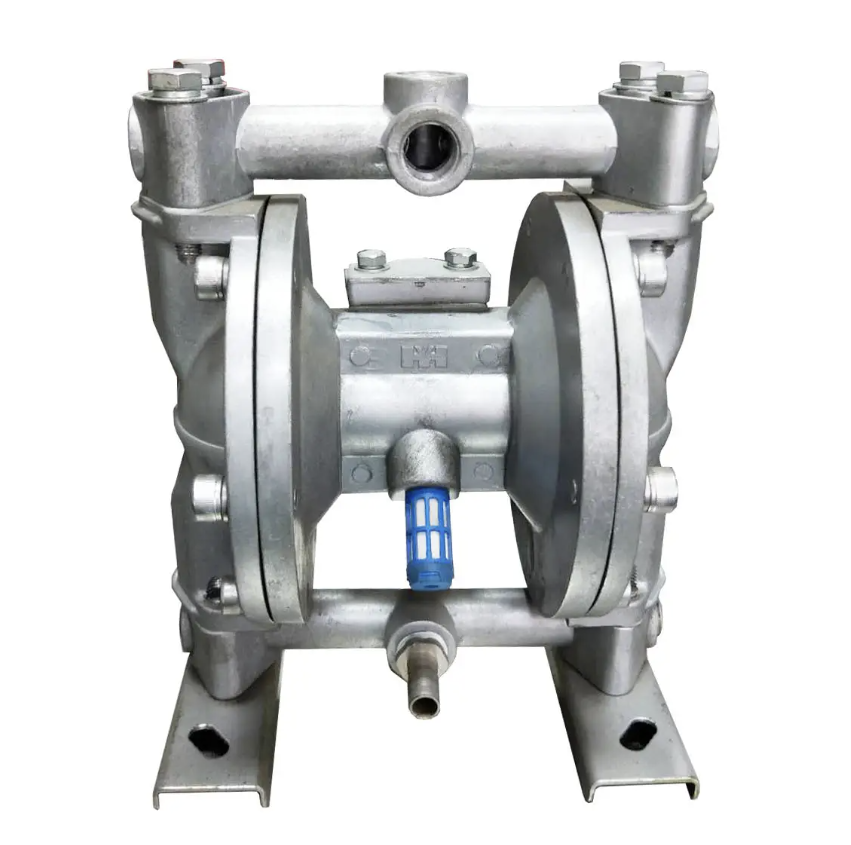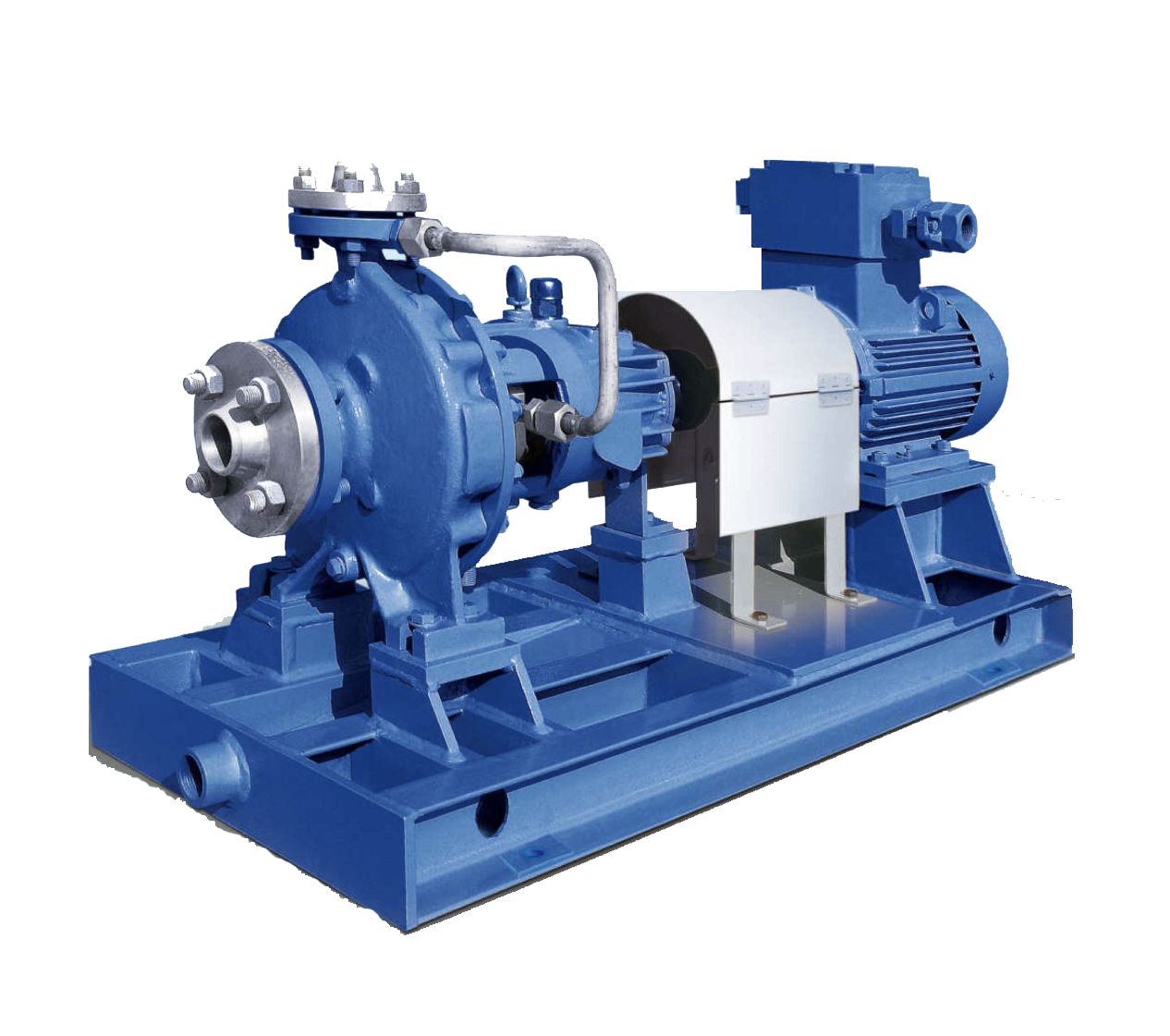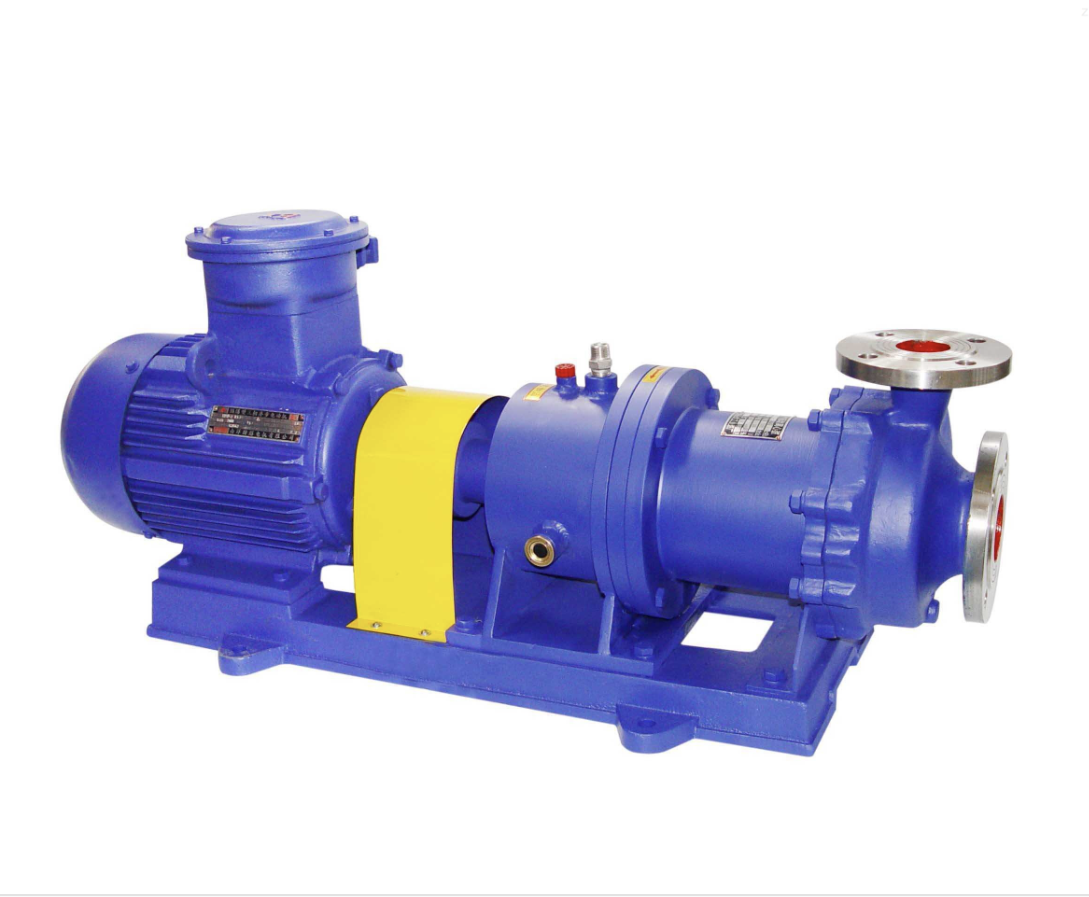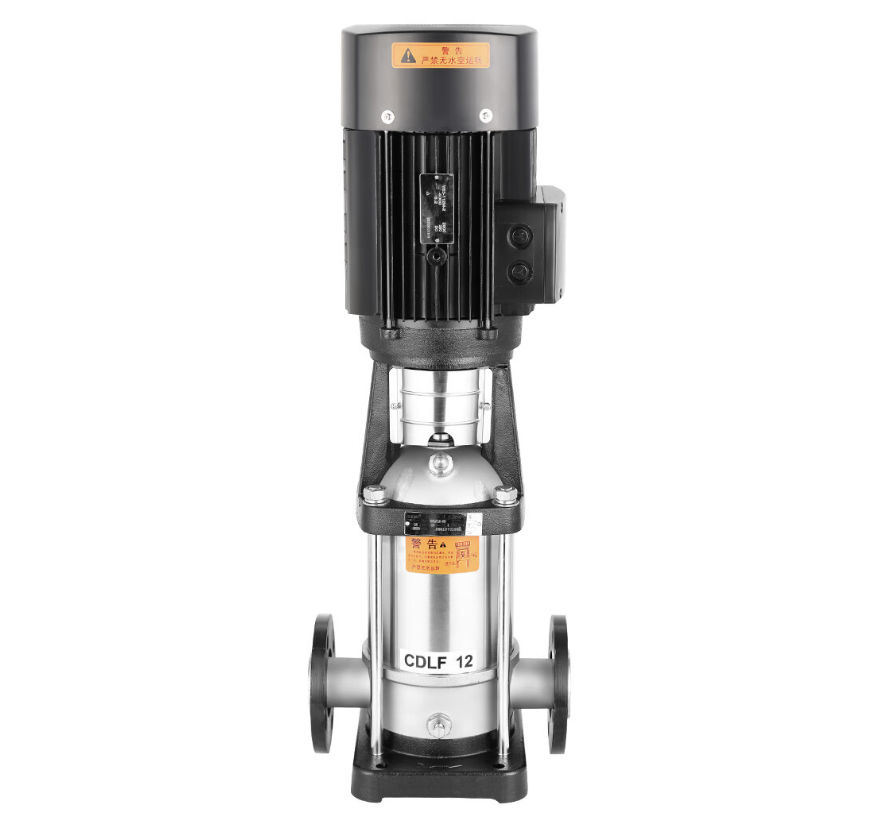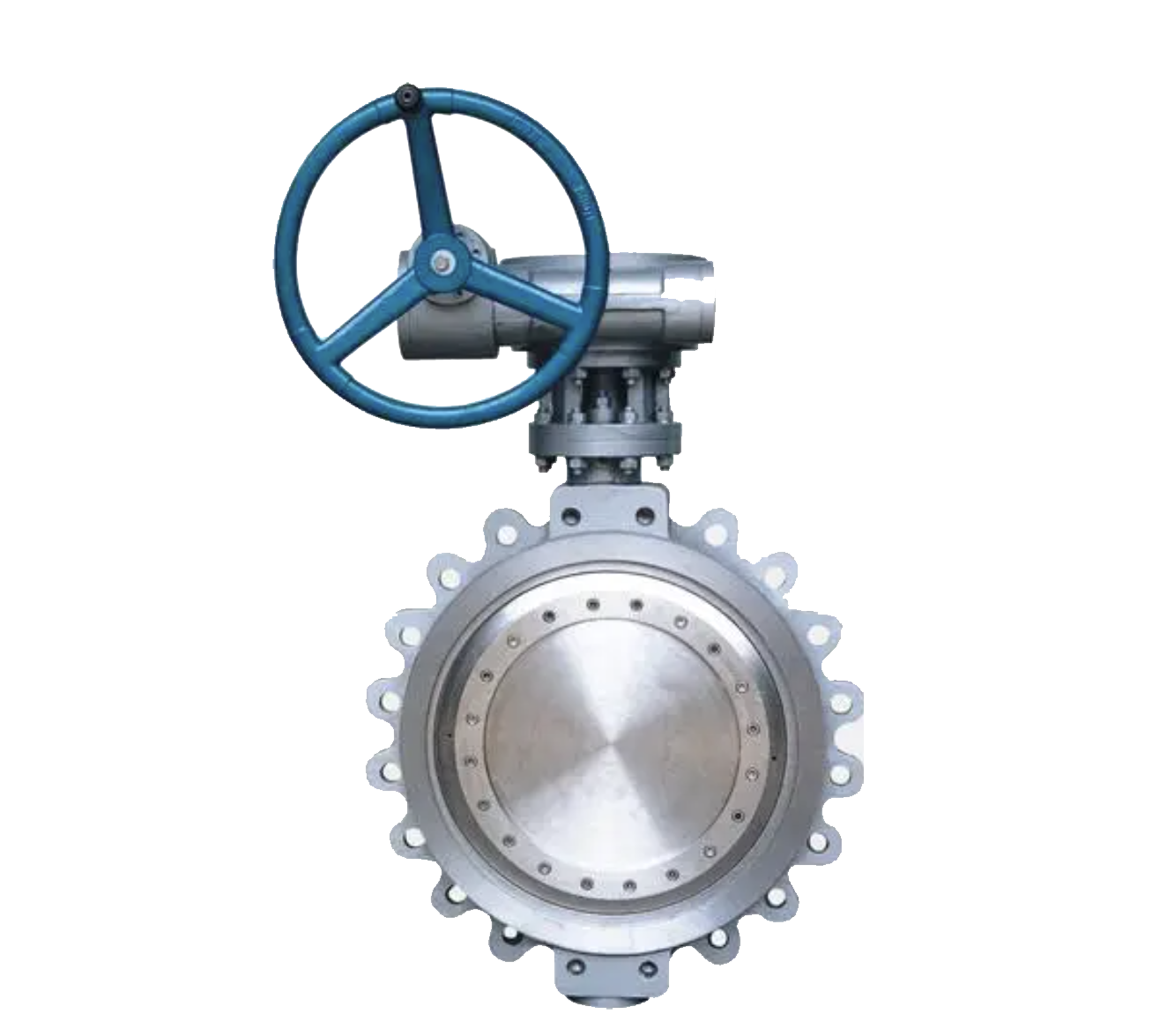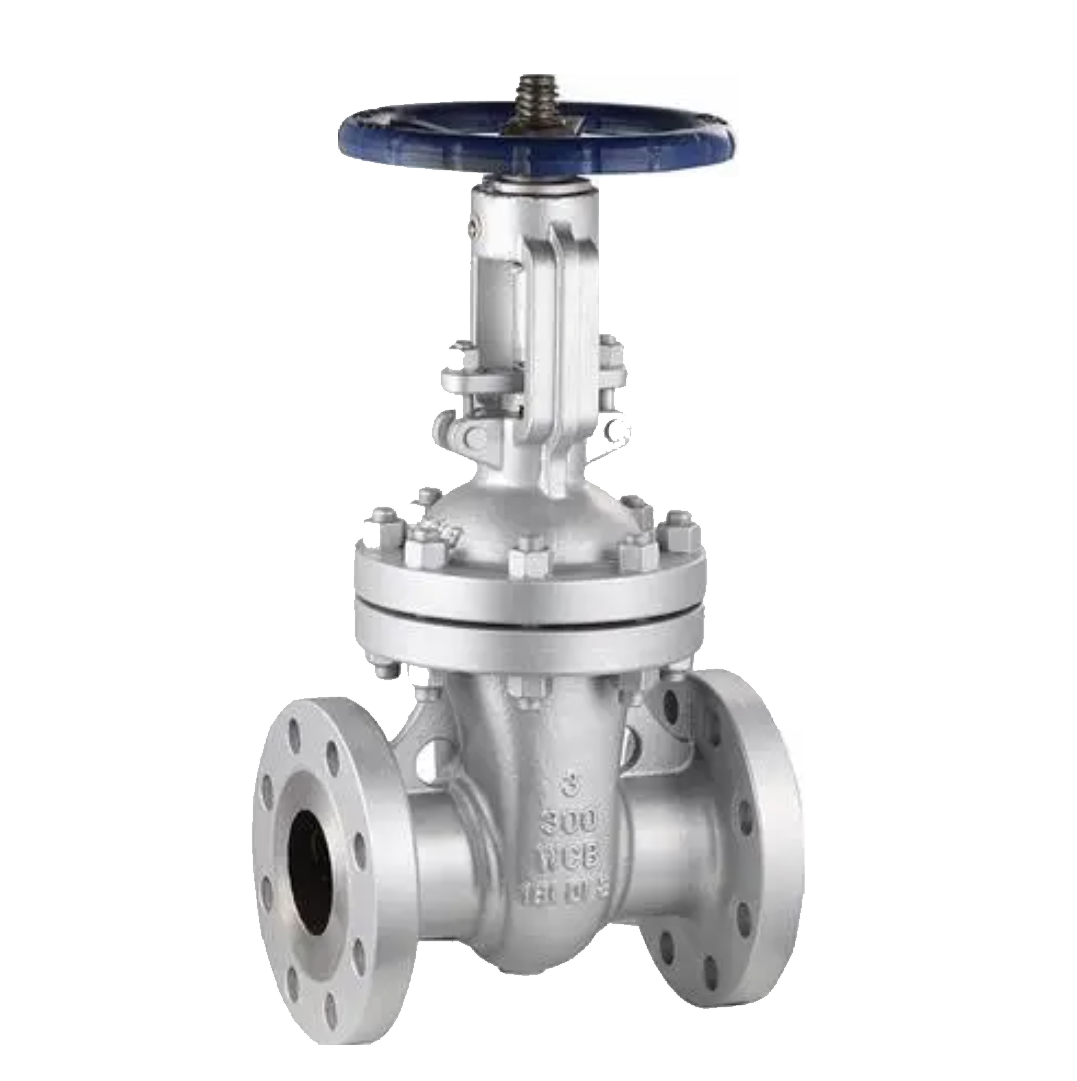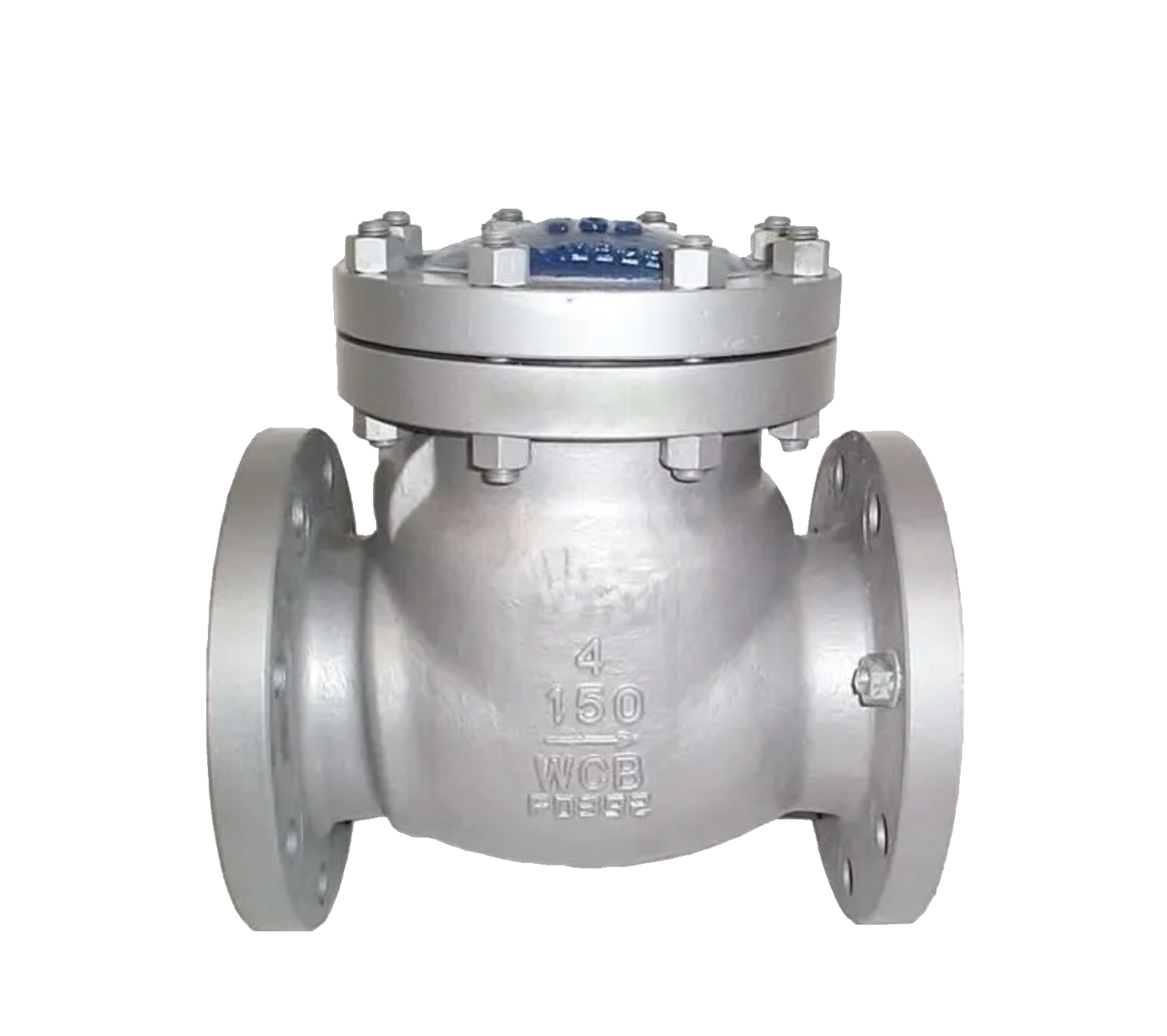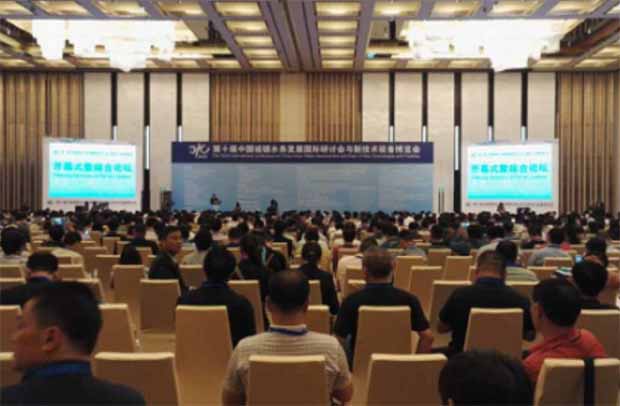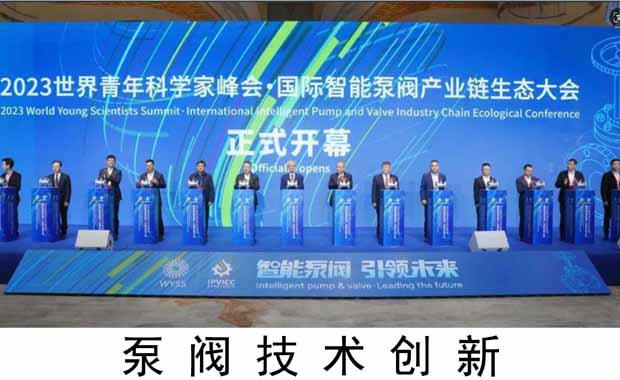Your location:

Product classification of Meiyan One Pump Valve
- ShangHai Meiyan Yi Pump & Valve Co.,LTD.
- Sales hotline:
+86 21 5640 2009 - Pump customer service:
+86 138 1691 3072 - Valve customer service:
+86 1381 6913 072 - E-mail:
my1pv@1bengfa.com
ball valve
The main structure of a ball valve is to use a ball with a circular through-hole as the opening and closing element, and the ball rotates with the valve stem to achieve the opening and closing action of the valve. The structure of a ball valve is similar to that of a plug valve, and some people also refer to it as a spherical plug valve. It consists of a sphere and two valve seats (sealing rings) to form a sealing pair. The commonly used materials for valve seats are polytetrafluoroethylene and hard alloys. The ball valves produced by Shanghai Meiyan Yi Pump Valve have a wide range of applications, with working pressures ranging from high vacuum to high pressure (up to 40 megapascals), working temperatures ranging from -196 to+450 ℃, and a maximum diameter of 1000 millimeters. According to the sealing structure principle of ball valves, ball valves are divided into floating ball valves, fixed ball valves, etc. Floating ball valves mainly rely on fluid pressure to press the ball onto the valve seat at the outlet end, forming a floating seal, thus limiting the pressure and diameter used. The ball of a fixed ball valve is supported by two upper and lower bearings installed on the valve body, and the position of the ball is fixed. The sealing effect is achieved by the spring and fluid pressure pressing the valve seat against the ball, so the opening and closing torque is much smaller than that of a floating ball valve, which is suitable for high-pressure and large-diameter applications. Three way ball valves and four-way ball valves are used for fluid reversing pipelines, with T-shaped and L-shaped options.
-
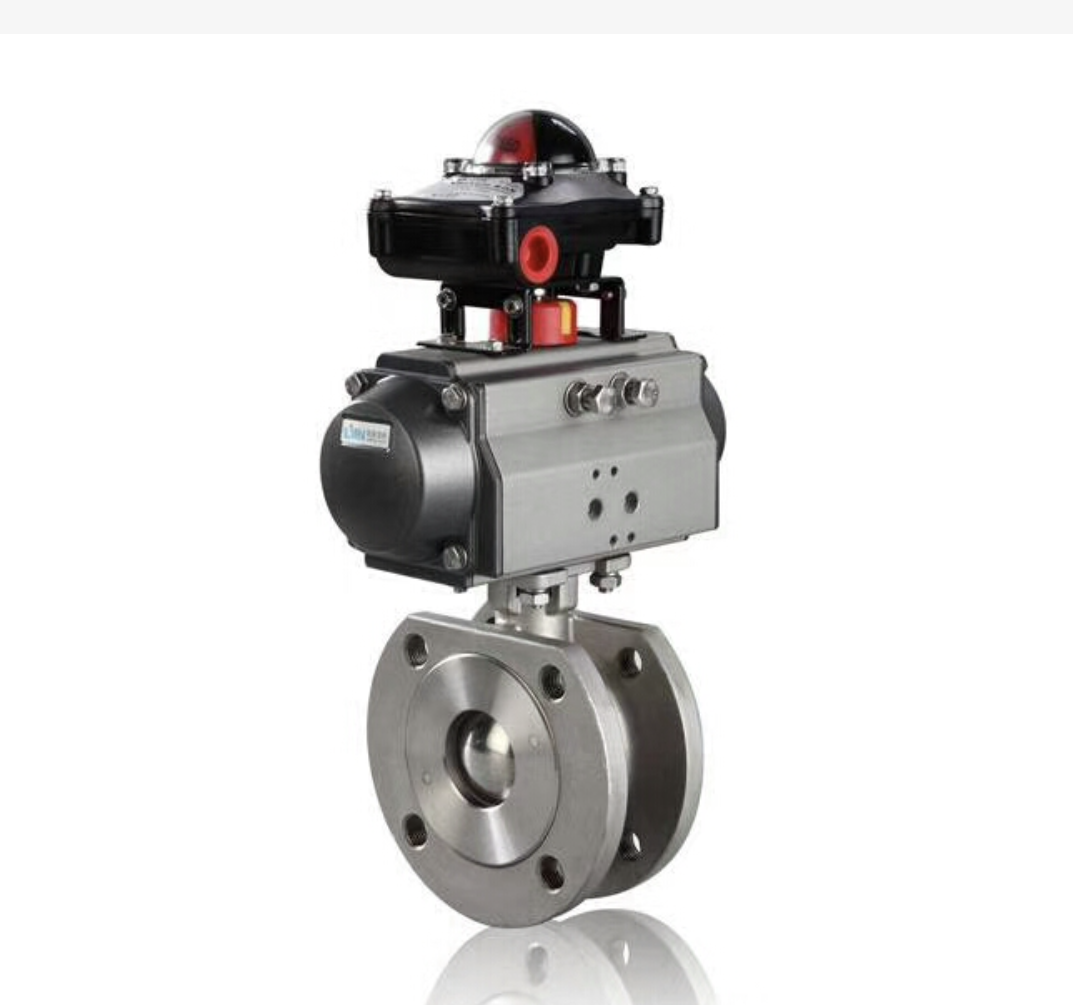
Pneumatic ball valves
Pneumatic ball valve refers to a pneumatic valve composed of various types of pneumatic angular stroke valve actuators and ball valve brackets, as well as integrated ball valves, two-stage ball valves, three-stage ball valves, limit switches, pneumatic triplets, solenoid valves, etc. Pneumatic ball valve is a type of valve that operates on the principle that the opening and closing components are driven by the valve stem and rotate around the axis of the ball valve. The plug body of the ball valve is a spherical body with a circular through-hole or channel passing through its axis. It can be opened, closed, or adjusted by rotating 90 degrees. The pneumatic ball valves manufactured by Shanghai Meiyanyi Pump Valve are mainly characterized by compact structure, good sealing performance, simple principle, and easy maintenance. They are suitable for general working media such as water, oil, and air, and are also widely used in various harsh working environments.View details>>
-
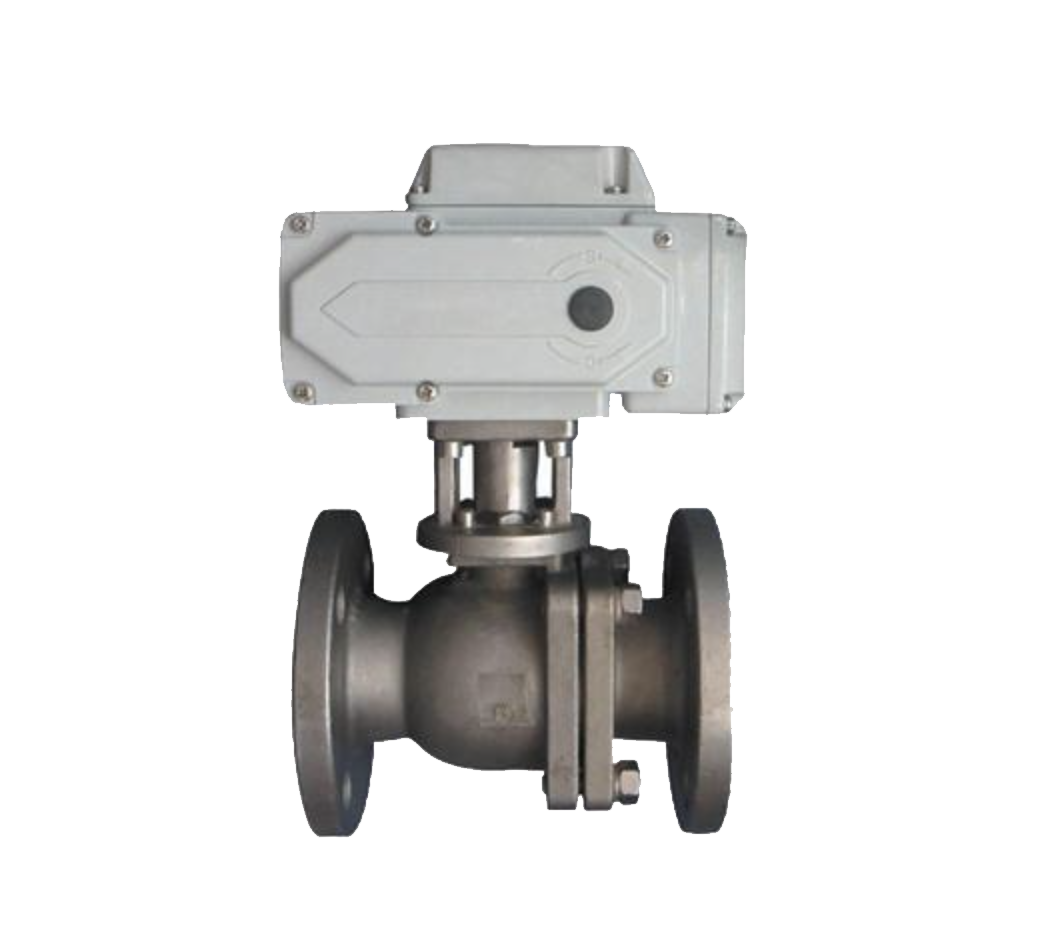
Electric ball valves
Electric ball valve refers to an electric control valve composed of switch type, regulating type, intelligent angular stroke electric valve actuator, or multi turn electric installation and integrated ball valve, two-piece ball valve, and three-stage ball valve. The voltage of the electric actuator is 220V single-phase and 380V three-phase, and voltage signal or current model can be selected to control the opening and closing or regulating of the valve. The electric ball valves produced by Shanghai Meiyanyi Pump Valve are widely used in industries such as petroleum, chemical, food, and power due to their advantages of low fluid resistance, easy operation, and simple structure. The valve part of an electric ball valve is a type of valve that operates on the principle that the opening and closing components are driven by the valve stem and rotate around the axis of the ball valve. The plug body of the ball valve is a spherical body with a circular channel passing through its axis, which can be opened, closed, or adjusted by rotating 90 degrees.View details>>
-
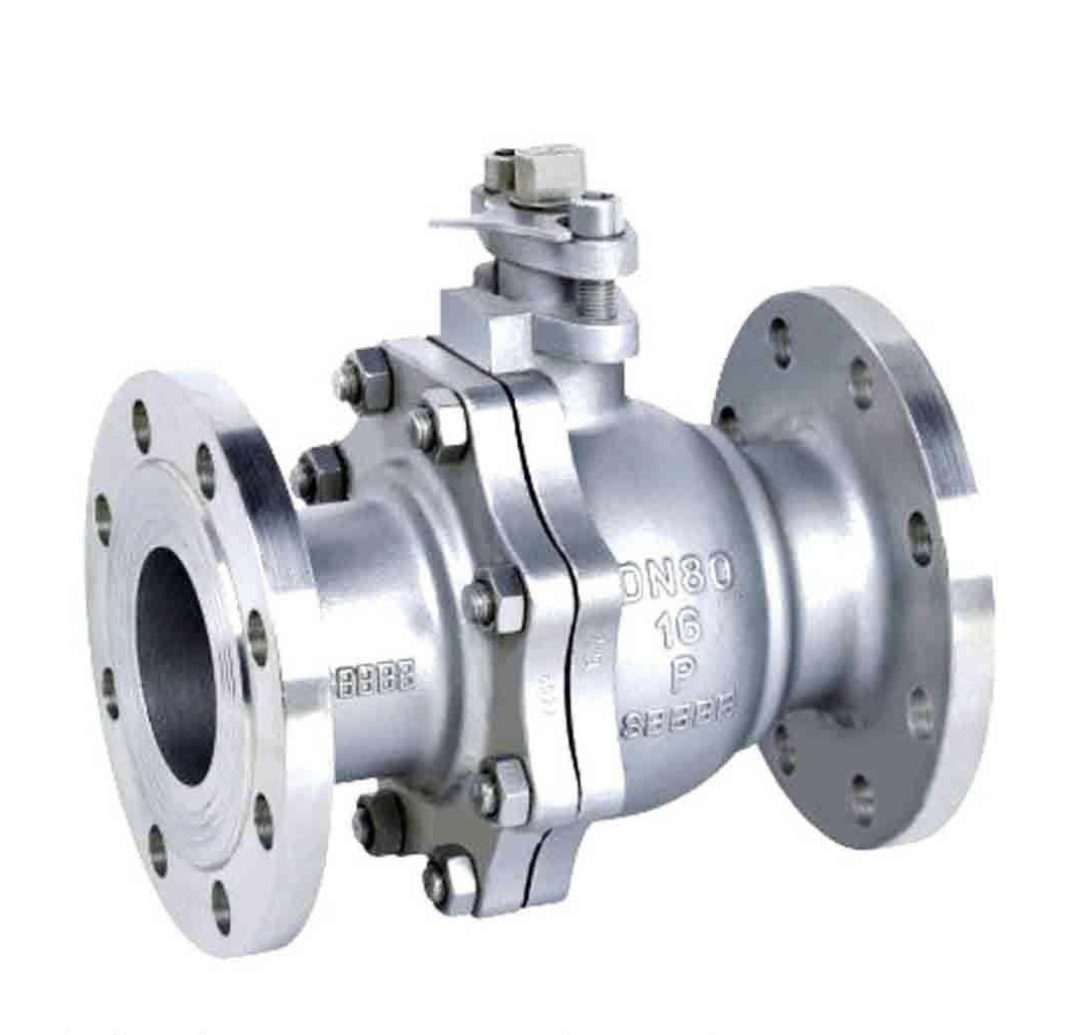
Floating ball valves
Floating ball valve refers to the valve core structure of a ball valve that can freely float within a certain range according to the elasticity of the valve seat seal. It mainly relies on the circular valve seats on the left and right sides as the fulcrum. Floating ball valves can be divided into manual, turbine, electric, pneumatic, and hydraulic transmission types according to different driving modes to meet different usage scenarios and needs. The floating ball valves produced by Shanghai Meiyan Yi Pump Valve generally have a diameter within DN15-DN300 and a pressure between PN16-PN100. The working principle is mainly based on its unique central axis rotation motion design, which makes its sealing performance particularly outstanding in fluid control systems. It is widely used in various industrial fields such as water, oil, steam, natural gas, liquefied gas and other transportation pipelines and storage equipment.View details>>
-
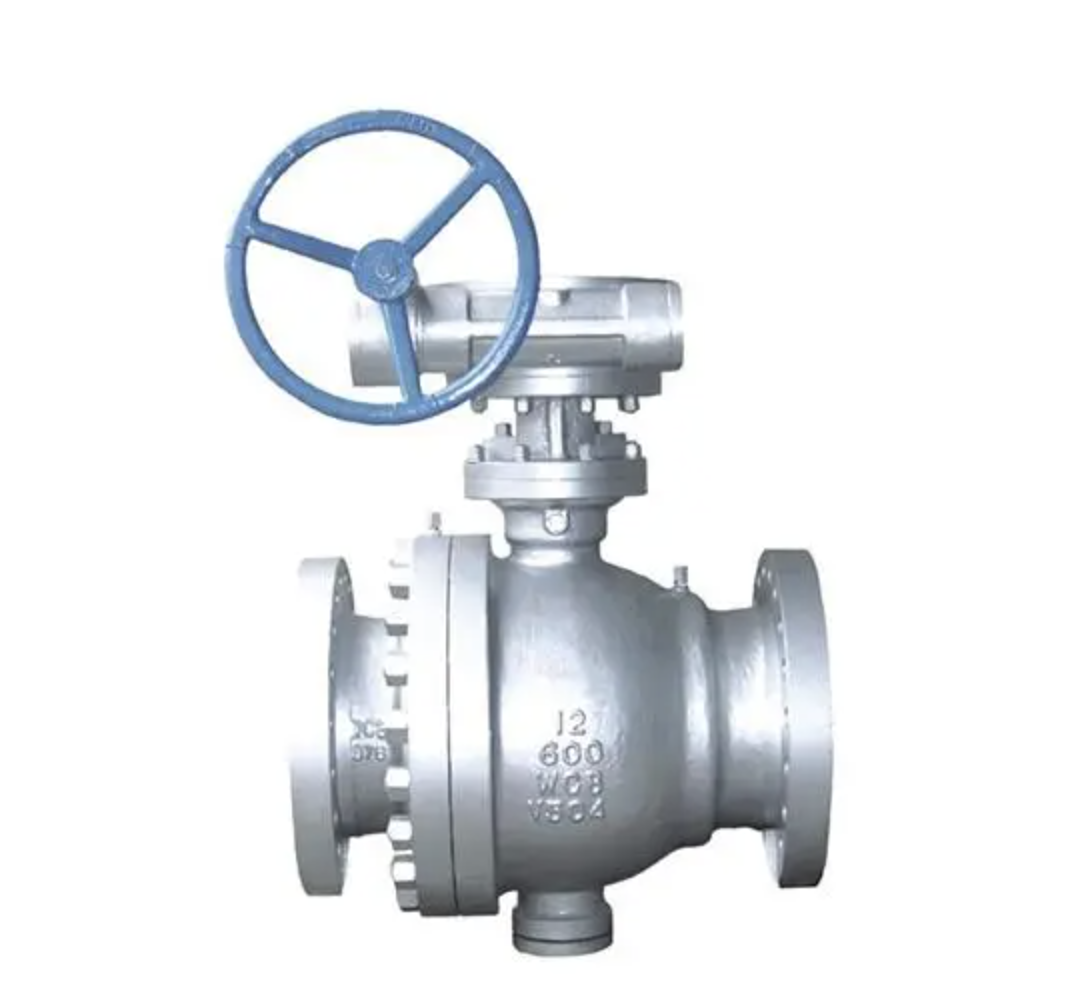
Fixed ball valves
Fixed ball valves mainly refer to the valve core, that is, the structural form of the valve ball. In addition to the floating fixation of the valve seats on the left and right sides, the upper and lower valve stems also have fixed support. Structurally speaking, the sealing form of fixed ball valves requires higher requirements than floating ball valves. In addition to the sealing surfaces of the ball valve core and the left and right valve seats, the accuracy of the upper and lower valve stems also needs to be taken into account. The fixed ball valves produced by Shanghai Meiyan Yi Pump Valve are more suitable for large-diameter and high-pressure working conditions, especially for large-diameter American standard fixed ball valves, which have particularly stable quality. The main working principle is that the valve's plug body is a spherical body with a circular through-hole or channel passing through its axis, which can be opened, closed or adjusted by rotating 90 degrees.View details>>
-
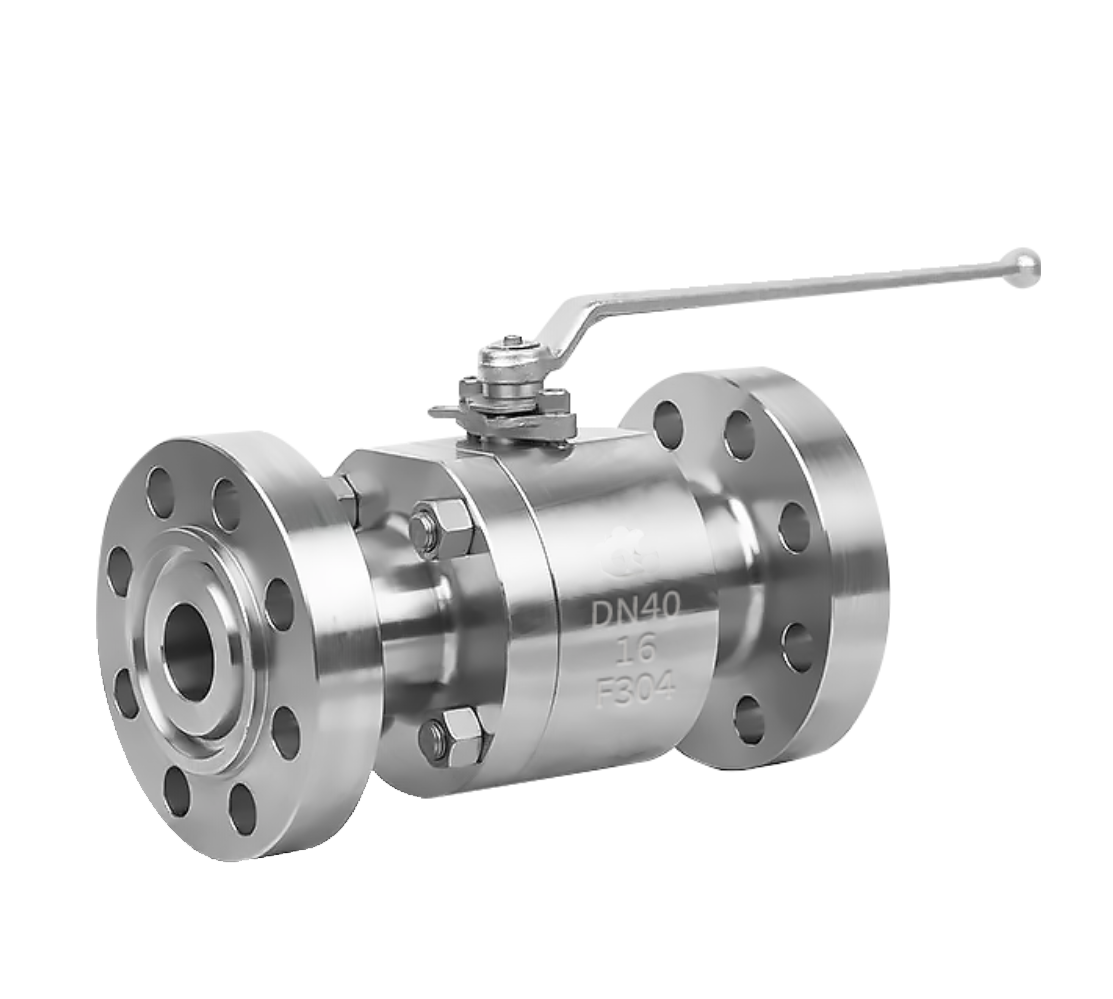
Forged steel ball valves
Forged steel ball valve refers to a ball valve whose body material is manufactured by forging process, divided into forged steel and forged stainless steel. The forged ball valve body is generally a two-stage or three-stage structure, especially suitable for ball valves under high pressure conditions. It is a valve whose operating principle is that the valve core is driven by the valve stem and rotates around the axis of the ball valve. The plug body of the ball valve is a spherical body with a circular through-hole or channel passing through its axis. It can be opened, closed or adjusted by rotating 90 degrees. The main feature of forged steel ball valves produced by Shanghai Meiyanyi Pump Valve is exquisite forging technology, which is widely used in industrial pipelines for liquids and gases such as oil pipelines, natural gas pipelines, liquefied gas pipelines, etc. with high temperature and high pressure. The structure is simple, the maintenance is convenient, and it can be equipped with pneumatic, electric, hydraulic and other actuators.View details>>
-

Stainless steel ball valve
Stainless steel ball valve refers to a ball valve with a valve body material and all flow components made of stainless steel. The main stainless steel materials include stainless steel 321, stainless steel 304, 304L, 316, 316L, as well as various stainless steel forging materials. Especially suitable for various working conditions with strong corrosion resistance requirements, such as petrochemical, chemical, gas, seaside and other places with high strength corrosion conditions. The various stainless steel ball valves produced by Shanghai Meiyanyi Pump Valve have stable material quality, standard chemical element ratios, advanced production processes, and a unique rotating motion design that enables them to perform well in fluid control systems. They have floating and fixed structures, and customers can call or write to inquire about the best solution according to their needs.View details>>
-
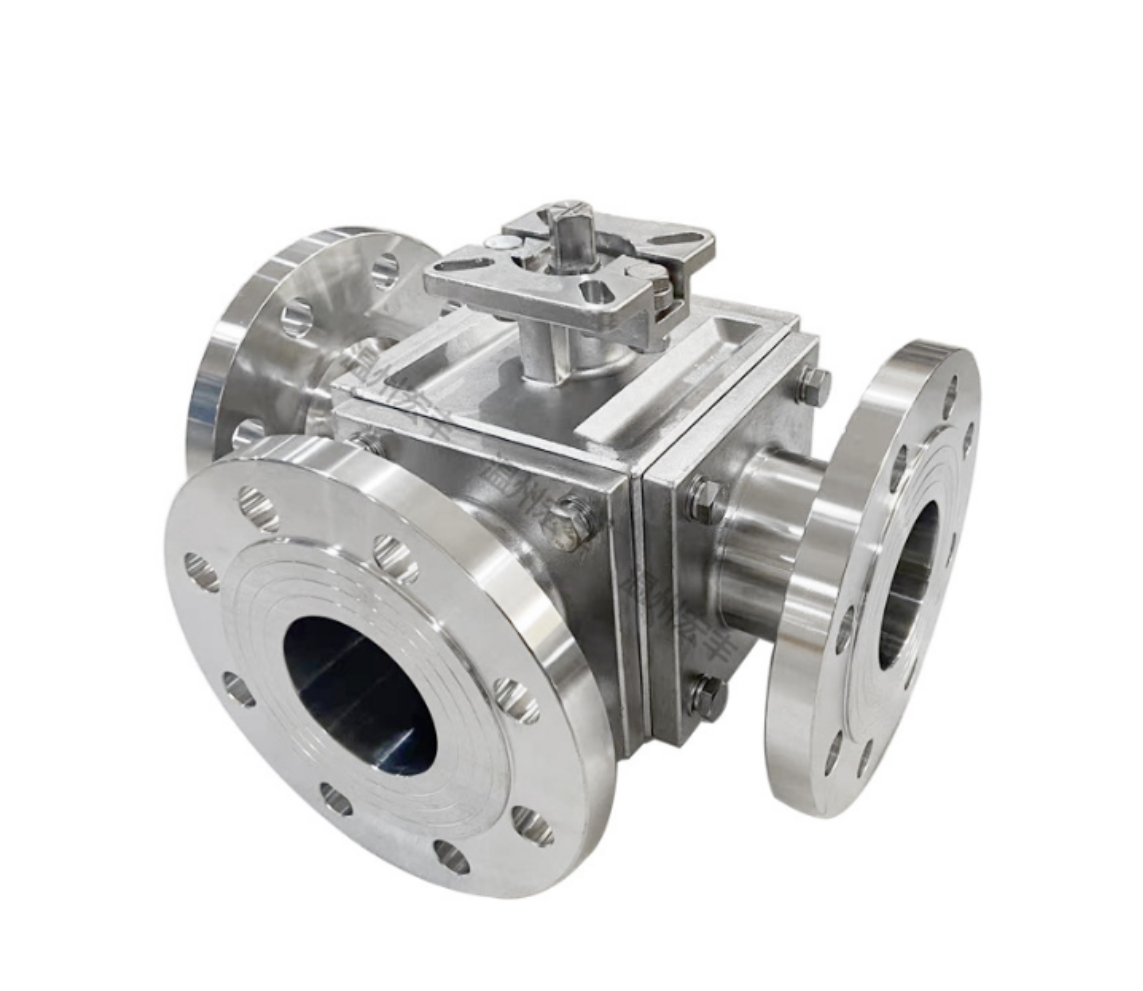
Three-way ball valve
A three-way ball valve refers to a valve channel that can have three directional connecting pipes. Depending on the purpose of the pipeline channel design, the valve core can also be divided into L-shaped and T-shaped, suitable for various diversion, merging, and reversing pipelines. The connection method can be determined according to the needs of the user and the enterprise, generally including internal threads and flanges. The working principle of a ball valve is that the opening and closing element (ball) is driven by the valve stem to rotate 90 degrees, thereby achieving the smooth or closed operation of the valve. The three-way ball valves produced and manufactured by Shanghai Meiyan Yi Pump Valve have stable quality and are widely used in pipelines with different process flows in various industries. They have the advantages of low fluid resistance, easy operation, simple structure, and convenient maintenance. Moreover, the sealing surface and spherical surface are often in a closed state, which is not easily eroded by the medium.View details>>
-
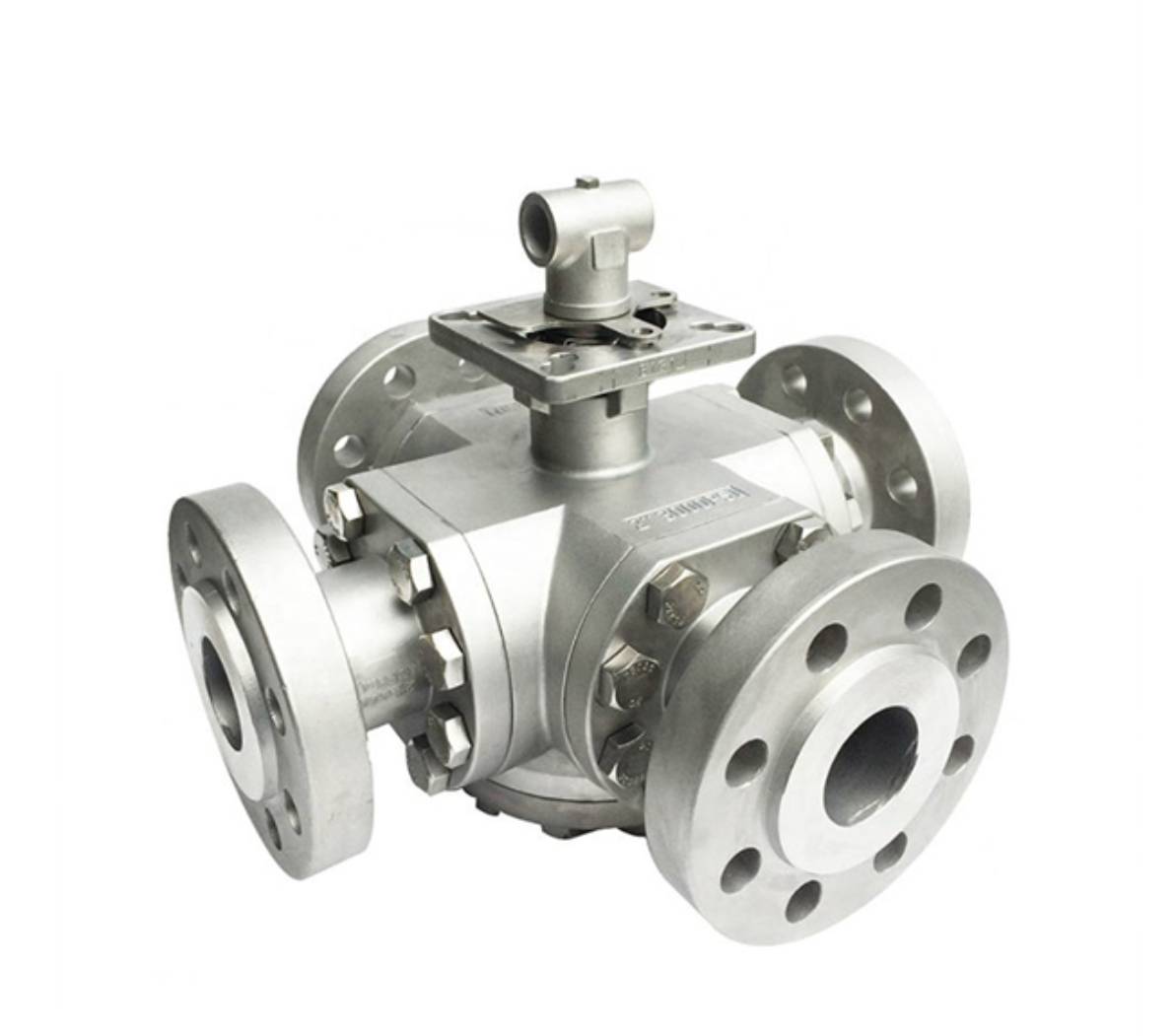
Four-way ball valve
A four-way ball valve refers to a valve whose passage can lead to four directions: front, back, left, right. The passage of the valve core can be divided into L-shaped and T-shaped according to different working conditions. It is used for diversion, merging, and mutual reversing in pipeline transportation. The working principle of a four-way ball valve is to drive the ball body to rotate 180 degrees through the valve stem, thereby realizing the functions of opening, closing, or reversing a certain passage of the valve. This design makes the operation of the ball valve simple and requires less torque. The four-way ball valves produced by Shanghai Meiyanyi Pump Valve have a wide range of applications, including power station systems, petrochemical systems, water supply systems, heating systems, pharmaceutical systems, ship systems, etc. They can be divided into manual, electric, pneumatic, and hydraulic types according to different driving modes to meet different usage scenarios and process requirements.View details>>
-
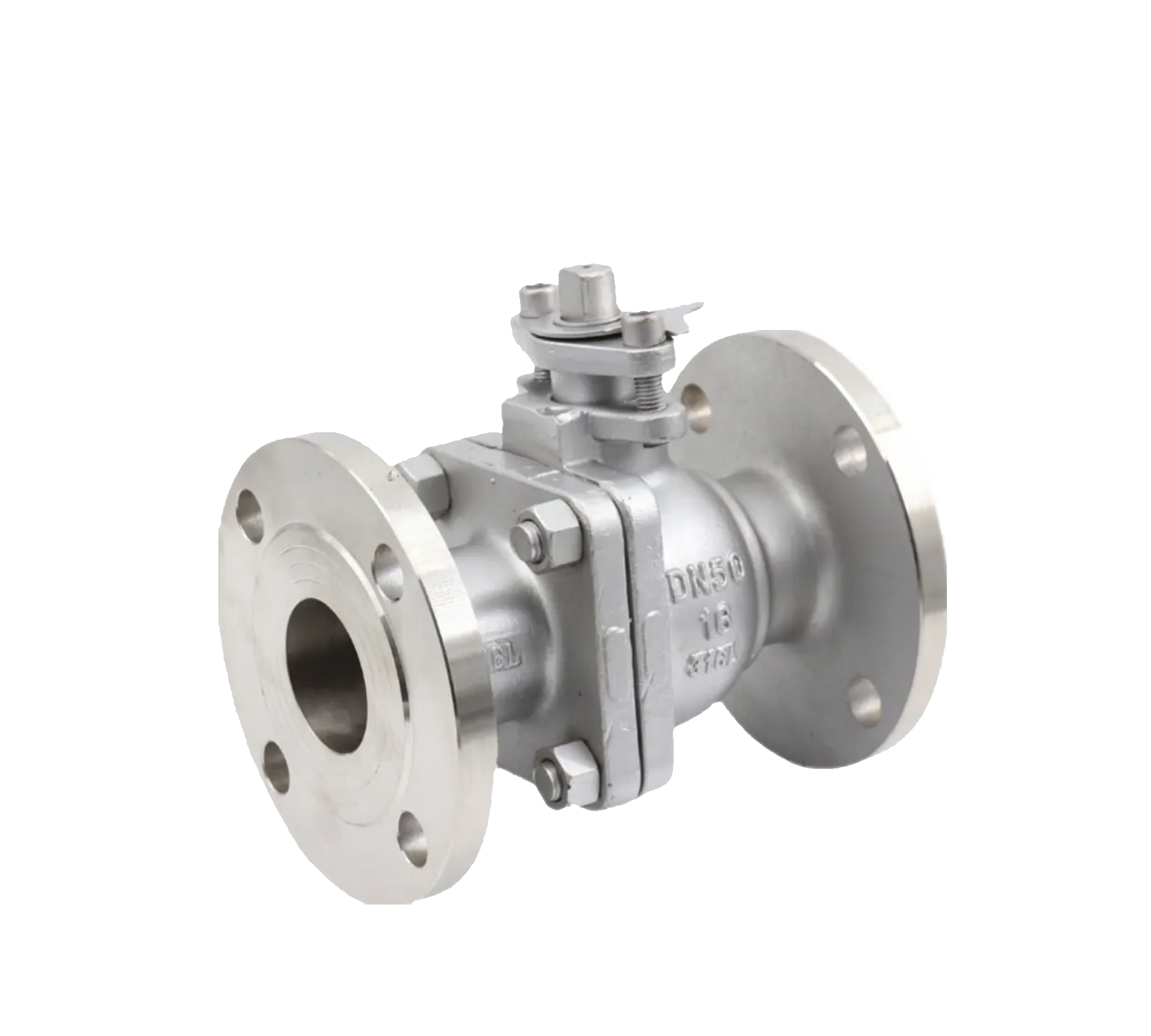
Flange ball valve
Flange ball valve refers to the valve connection method that uses flange connection. The type of flange can also be divided into flat flange, convex flange, concave flange, concave convex flange, etc. according to the change of pressure level. The main feature of flange connection is that the valve is easy to install, disassemble, and maintain, and is not limited by space. The working principle of a flange ball valve is to drive the ball to rotate 90 or 180 degrees through the valve stem, thereby achieving the opening and closing of the valve. This design makes the operation of the ball valve simple and requires low torque. The flange ball valves produced by Shanghai Meiyan Yi Pump Valve are not only used for switching and cutting off fluids, but can also be designed in the form of V-shaped ball valves to control the flow and direction of fluids, meeting different industrial needs. Welcome new and old users to call or write to inquire about solutions for flange ball valves.View details>>
-
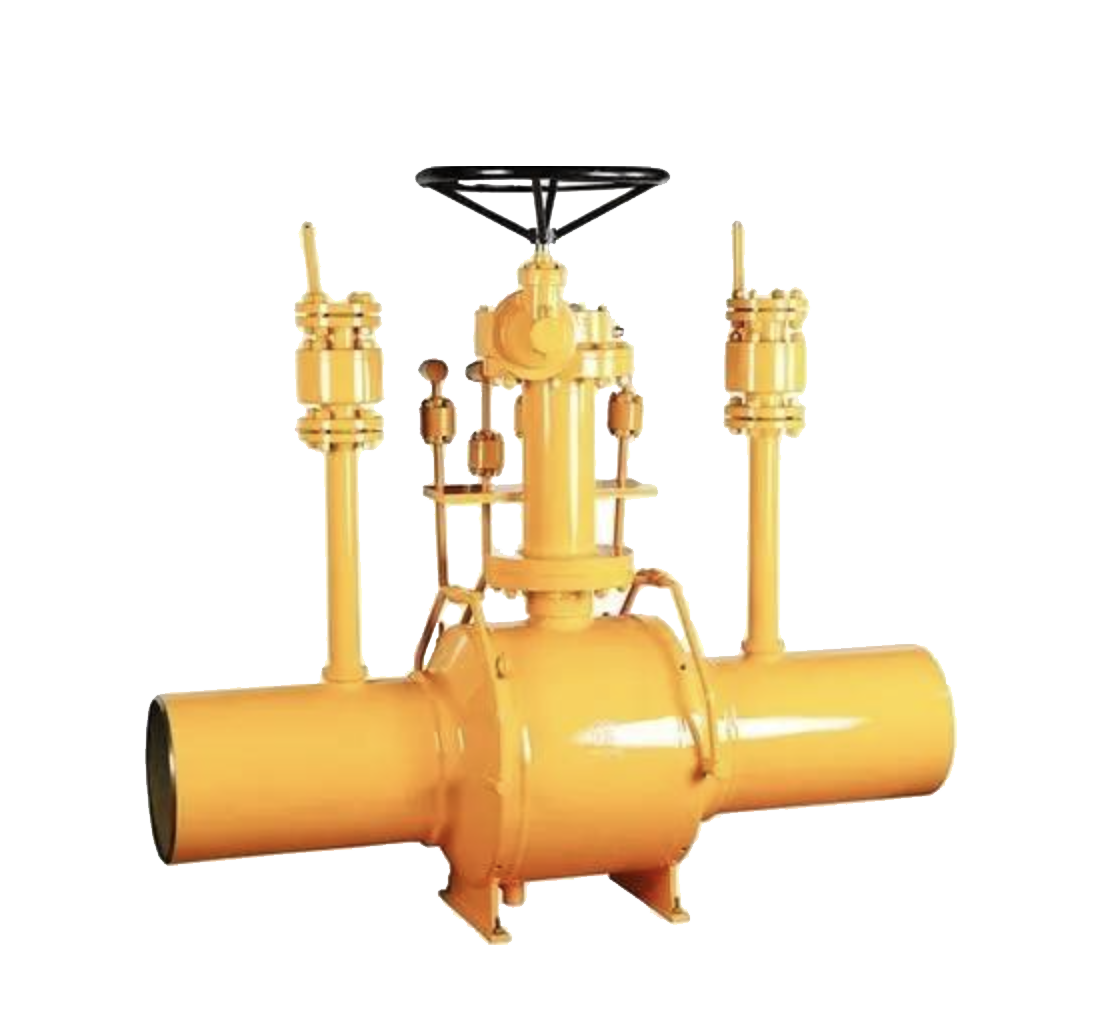
Welded ball valve
Welded ball valve refers to the connection method between ball valve and pipeline using welding, mainly including butt welding and socket welding. It is generally suitable for ultra-high pressure pipeline equipment or pipelines and equipment with limited installation space. The main characteristics of welded ball valve are fixed connection points, low leakage, and easy maintenance. The opening and closing components (ball) of the welded ball valve are driven by the valve stem to rotate 90 degrees, thereby achieving the smooth or closed operation of the valve. The integrated welded ball valve produced by Shanghai Meiyan Yi Pump Valve is particularly suitable for steam heating pipelines. The product has stable performance, light weight, and superior sealing performance. It adopts an integrated welded valve body structure and a valve seat composed of PTFE sealing rings and springs, with strong adaptability to pressure and temperature changes and no leakage.View details>>
-
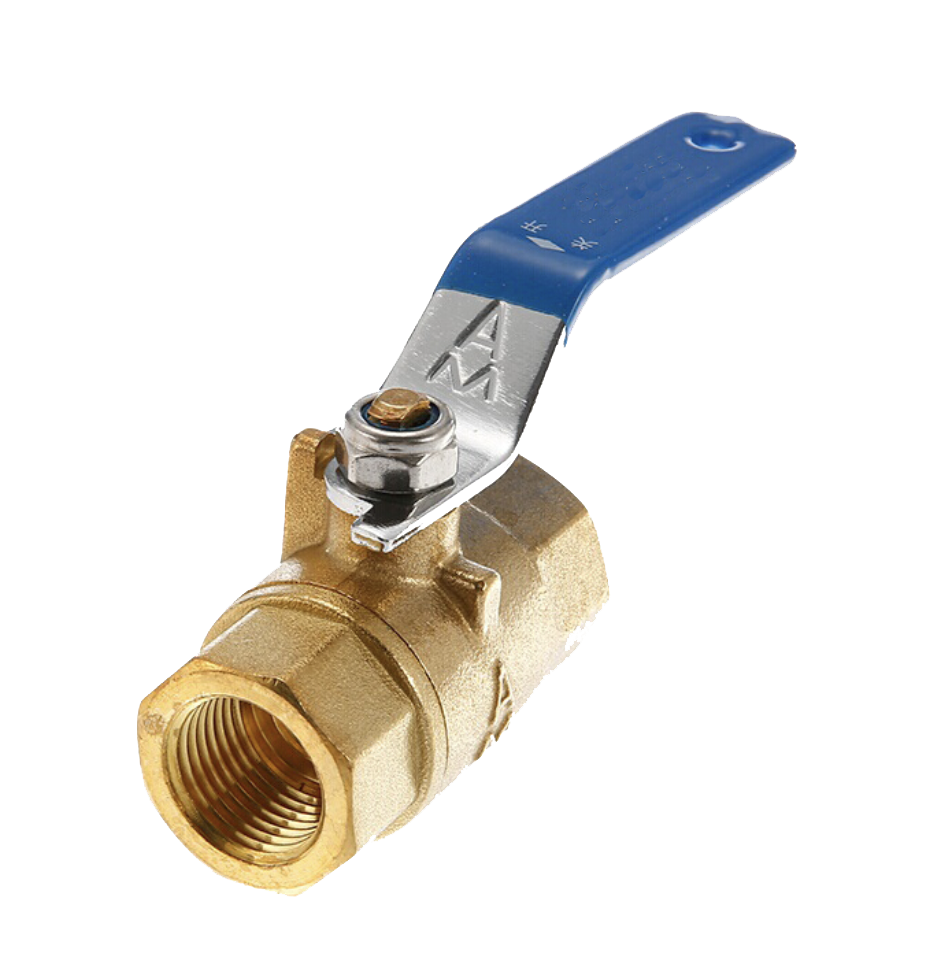
Threaded ball valve
Threaded ball valve refers to a ball valve that is connected by internal or external threads. The thread system can be divided into metric thread G thread, imperial thread PT thread, and NPT thread according to different national standards. The taper of the thread can be adjusted according to different needs and standards. Threaded ball valves are generally small valves with a diameter of DN100 or less, with simple installation and use of tools and accessories, and good sealing performance. The threaded ball valves produced by Shanghai Meiyanyi Pump Valve have both straight through and three-way designs, mainly used in some small-diameter pipeline equipment. The working principle of the threaded ball valve is to drive the ball to rotate 90 degrees through the valve stem, thereby achieving the opening or closing of the valve. This design makes the operation of the ball valve simple and requires minimal torque, making it simple and practical.View details>>
-
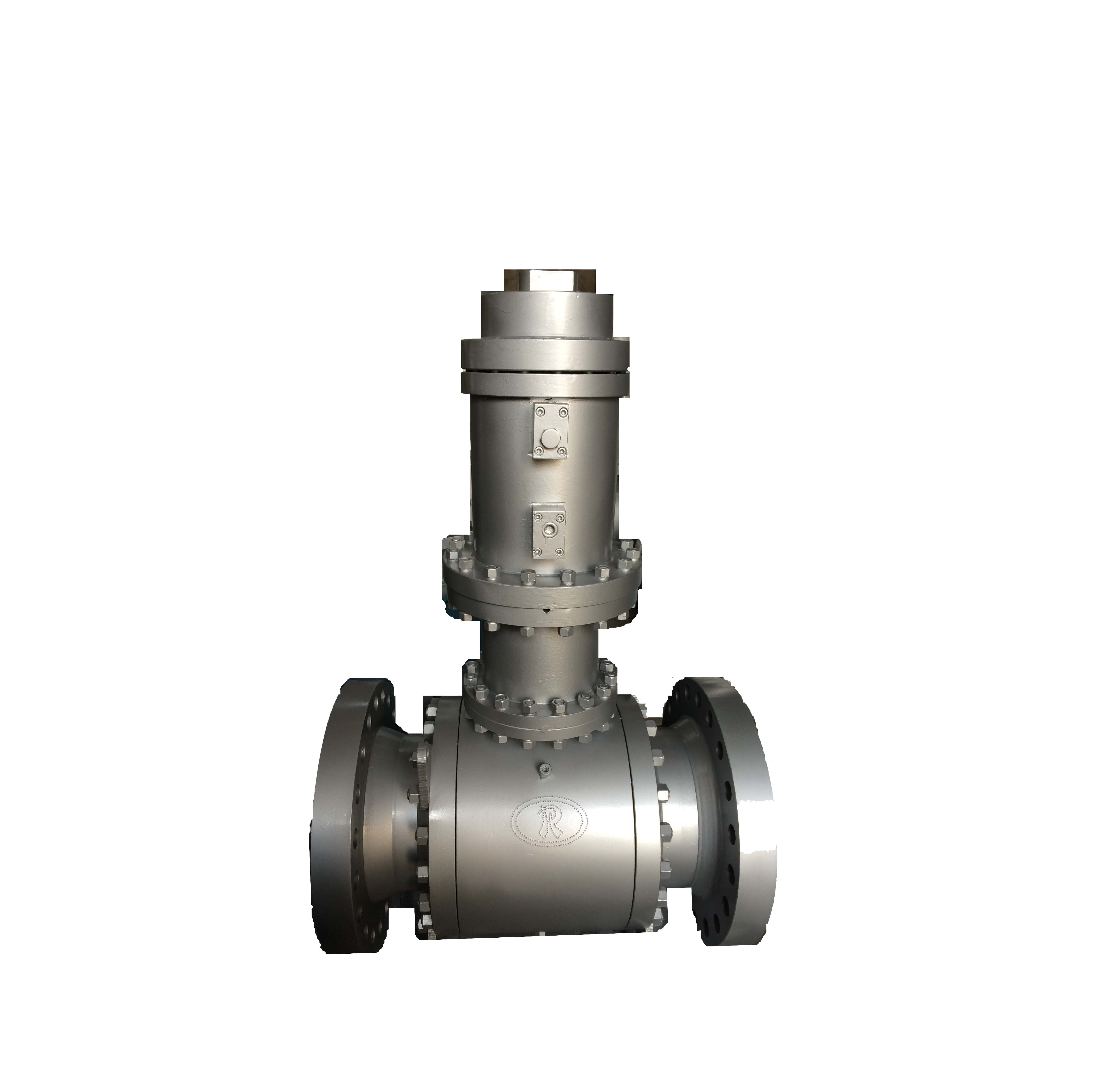
Special purpose ball valve
Special professional ball valves refer to specialized ball valves used for specific media or occasions, such as fly ash ball valves, low-temperature ball valves, fluorine lined ball valves, track ball valves (capable of meeting online maintenance of various large-diameter pipelines), V-shaped ball valves (capable of controlling fluid flow to regulate flow), hydraulic ball valves for offshore oil platform splitters, and other special purpose ball valves. Due to its advantages such as low fluid resistance, easy operation, simple structure, and sealing surface and spherical surface that are not easily eroded by the medium when closed, ball valves are widely used in industries such as petroleum, chemical, food, and power. Shanghai Meiyan Yipump Valve welcomes new and old customers to call or write to inquire about various special ball valve solutions. We hope our high standard service can satisfy you.View details>>

